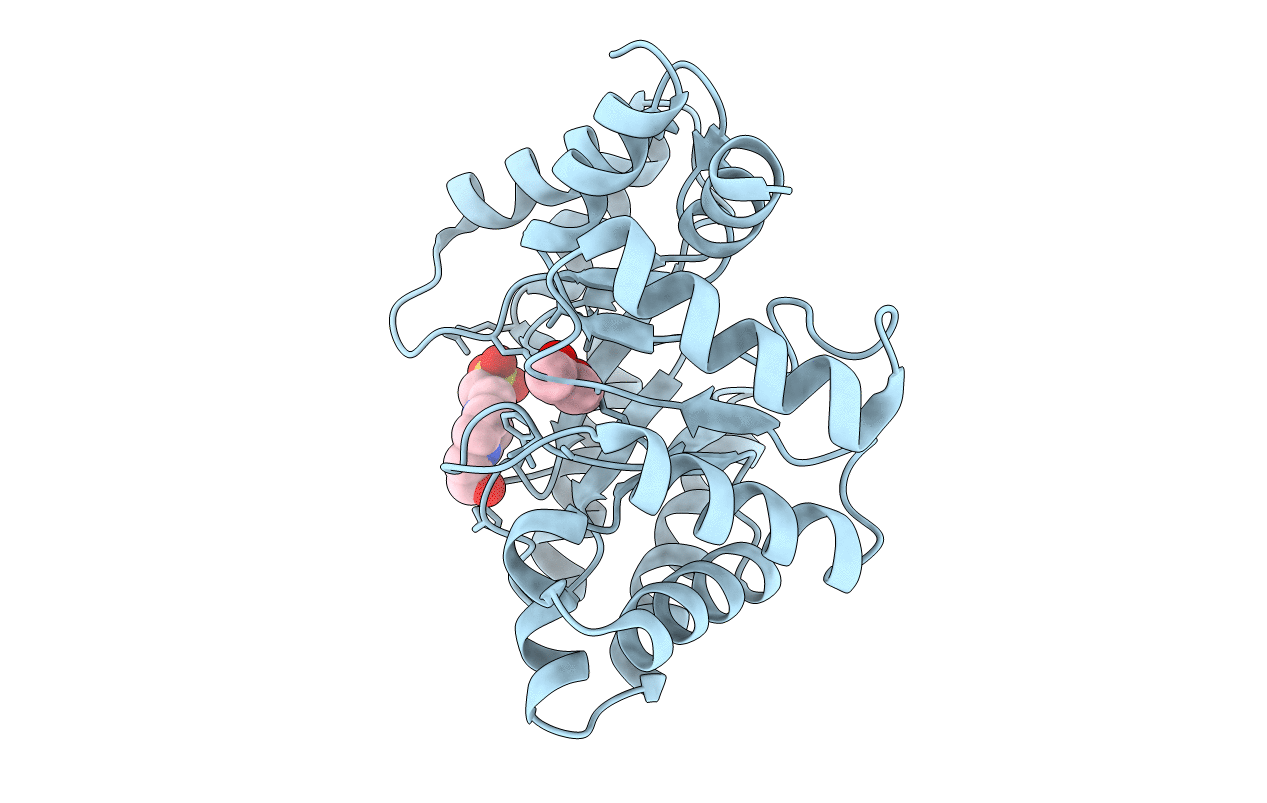
Deposition Date
2015-11-04
Release Date
2016-05-04
Last Version Date
2024-10-23
Entry Detail
PDB ID:
5EKY
Keywords:
Title:
Crystal structure of deoxyribose-phosphate aldolase from Escherichia coli (K58E-Y96W mutant)
Biological Source:
Source Organism:
Escherichia coli (Taxon ID: 562)
Host Organism:
Method Details:
Experimental Method:
Resolution:
1.10 Å
R-Value Free:
0.14
R-Value Work:
0.12
R-Value Observed:
0.12
Space Group:
C 1 2 1


